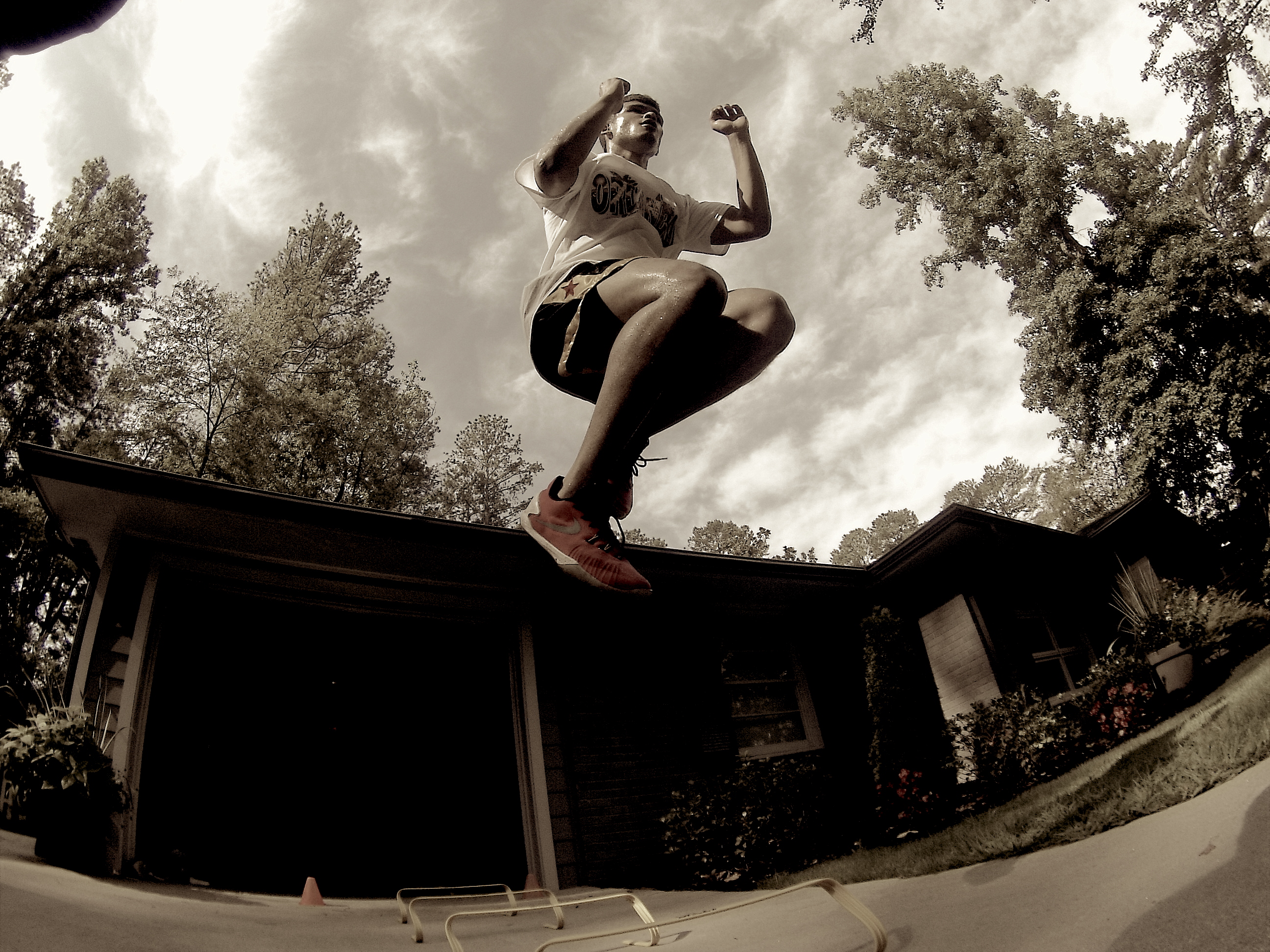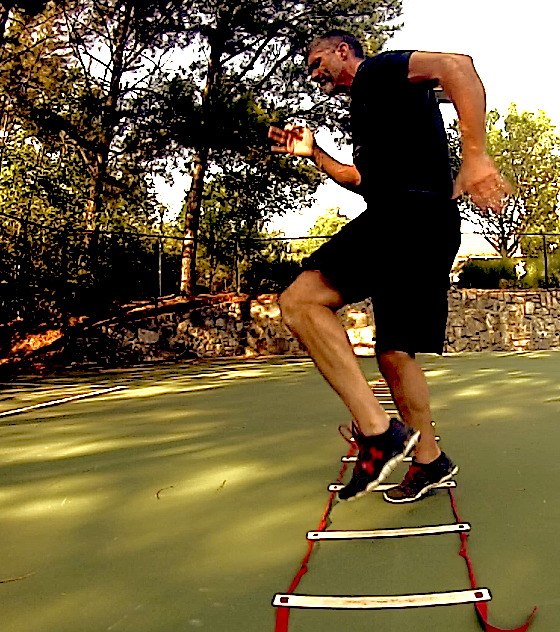
The Physical Learning Curve…An Out Of This World Experience!

So with Halloween in full swing I figured I would demonstrate just how out of this world you can get with your training by talking about the physical learning curve today. Get it? Out of this world! Ok, it’s either a really good, or a really bad joke, but it fits the photo and the Holiday so I figured I’d go with it. Now onto the business at hand.
Out Of This World Experience With Progressive Strength…Inviting To Some, Discouraging To Others?
You see the other day I had a new student come in to get evaluated for my strength training program for the first time. After some observation it became apparent that he clearly had some mobility issues particularly with relation to his hips. This restricted him from performing tasks as basic as standing on one leg and raising the other leg with the thigh parallel to the ground. As you can imagine this also killed his squat ROM.
As you can guess he has a job where sitting consists of about 80% of this entire day. I quickly went into the spill about how sitting was basically like the new smoking because of the havoc it can wreak on the body by leading to tight muscles and tightness in soft tissues, limiting ROM, and in turn causing poor movement, and in worst cases even injury. I immediately knew we were going to spend the rest of our time working on correcting these problems rather than focusing on strength.

Because of time constraints I did get him warmed up the first half hour by having him engage in some conditioning drills to get his heart rate up and to further increase blood flow to the working muscles. By doing this I’m more easily able to get a greater ROM out of his stretches thus allowing his ROM to more drastically improve so that I can get him mobile again.
Now you probably noticed that at the beginning of this article I posed the question of ; Is the physical learning curve inviting or discouraging? I mean the physical learning curve is an out of world experience to many because they are so generally not used to being able to control their bodies during movement. I mean the thing that allows great athletes to do this is related to the fact that they are really good kinesthetic learners and have a great proprioceptive sense about where their bodies are in space. This comes from the fact that they are well practiced and that they are in tune with themselves physically through physical learning practice.
Now you may think well hell coach that sounds great! I mean who wouldn’t want to be physically tuned in like a world class athlete, or even half as good, right? You’re right, however the reality is that it just isn’t pleasant to be corrected to many people! I mean the act of restoring this individual’s mobility through stretching in and of itself wasn’t a very pleasant experience for him. Once the mobility restrictions are removed then he still has to learn the pattern of the movement(s) and be subjected to a culture of physical exertion that many fail to adopt these days.

This is why I’m saying the physical learning curve can be an out of this world experience to many folks, because it’s just flat out a shock to most average Jane’s and Joe’s that require a great deal of physical learning. You can quickly see how from this example strength has a progression. Some fundamental needs must be met with every individual before he or she can even think about progressing to build onto more movement, strength, and athleticism.
Another common example of this can be seen with the push up exercise. For instance, when looking at many folks attempt the traditional push up exercise I tend to see a consistent level of instability in the scapula for most folks. How can I tell? Well when looking at someone attempting to perform a push up exercise that demonstrates a lack of scapula stability you’ll tend to see their scapula collapse causing their head to collapse with it during the downward phase of the push up exercise.

It’s almost as if they are trying to reach the ground with their face and hips first while leaving their chest elevated. A good description of this poor movement is what I like to refer to as the rooster head bob, because that’s exactly what it looks like…a rooster bobbing it’s head only the inexperienced physical learners do it during the downward phase of the push up exercise.
A coach or trainer can’t ignore this. This must be fixed before moving the individual trainee on to more advanced movements such as the plyometric push up, otherwise I’d be smashing my face into the pavement if I tried bobbing my head during this exercise!
Now you see what I’m talking about when diving into the importance of the order or operations as it pertains to strength? Now obviously the out of this world experience can be appealing to some, but discouraging to others. As far as the guy that got evaluated with me the other day, well the jury is still out, but he let me know that his back had felt better than it ever had in the last 3 to 5 years! No doubt there is a draw to many to dominate the physical learning curve because the benefits are tremendous.
Did you have to overcome any personal physical learning curve that was a challenge to you? If so I’d love to hear about it. If you’d like to share then please feel free to drop me a line by leaving your questions and comments in the comment box below. Remember that most anyone can train hard, but only the best train smart my friend.





